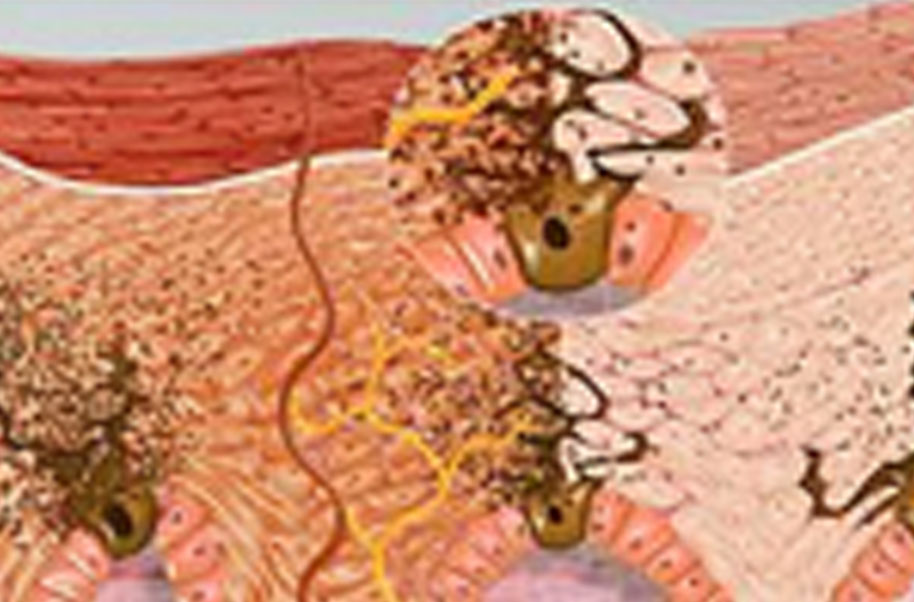Diseases
Tanning
Ski tanning or simply tanning is the process whereby skin color is darkened or tanned. It is most often a result of exposure to ultraviolet (uv) radiation from sunlight or from artificial sources, such as a tanning lamp found in indoor tanning beds. People who deliberately tan their skin by exposure to the sun engage in a passive recreational activity of sun bathing. Some people use chemical products which can produce a tanning effect without exposure to ultraviolet radiation, known as sunless tanning.
Moderate exposure to the sun contributes to the production of melanin and vitamin d by the body, but excessive exposure to ultraviolet rays has negative health effects, including sunburn and increased risk of skin cancer, as well as depressed immune system function and accelerated aging of the skin. Some people tan or sunburn more easily than others. This may be the result of different skin types and natural skin color, and these may be a result of genetics.
Process of tanning :
Melanin is a natural pigment produced by cells called melanocytes in a process called melanogenesis. Melanocytes produce two types of melanin: pheomelanin (red) and eumelanin (very dark brown). Melanin protects the body by absorbing ultraviolet radiation. Excessive uv radiation causes sunburn along with other direct and indirect dna damage to the skin, and the body naturally combats and seeks to repair the damage and protect the skin by creating and releasing further melanin into the skin's cells. With the production of the melanin, the skin color darkens. The tanning process can be triggered by natural sunlight or by artificial uv radiation, which can be delivered in frequencies of uva, uvb, or a combination of both. The intensity is commonly measured by the uv index.[citation needed]
Cross-sectional view showing skin tone becoming darker due to the production of more melanin to overcome the damage of melanin caused by uv radiation
There are two different mechanisms involved in production of a tan by uv exposure: firstly, uva radiation creates oxidative stress, which in turn oxidises existing melanin and leads to rapid darkening of the melanin. Uva may also cause melanin to be redistributed (released from melanocytes where it is already stored), but its total quantity is unchanged. Skin darkening from uva exposure does not lead to significantly increased production of melanin or protection against sunburn.
In the second process, triggered primarily by uvb, there is an increase in production of melanin (melanogenesis), which is the body's reaction to direct dna photodamage (formation of pyrimidine dimers) from uv radiation. Melanogenesis Leads to delayed tanning, and typically becomes visible two or three days after exposure. The tan that is created by increased melanogenesis typically lasts for a few weeks or months, much longer than the tan that is caused by oxidation of existing melanin, and is also actually protective against uv skin damage and sunburn, rather than simply cosmetic. Typically, it can provide a modest sun protection factor (spf) of 3, meaning that tanned skin would tolerate up to 3 times the uv exposure as pale skin. However, in order to cause true melanogenesis-tanning by means of uv exposure, some direct dna photodamage must first be produced, and this requires uvb exposure (as present in natural sunlight, or sunlamps that produce uvb).
The ultraviolet frequencies responsible for tanning are often divided into the uva and uvb ranges.


Chitradurga
Seebara, Behind Indian Oil Petrol Bunk, Basavakumara Swamy Mutt, Chitradurga - 577504
Kunigal
K Huraliborsandra, Gowdgere Post, Dhomratti Temple Road, Kunigal, Tumakuru District. - 572130
Bengaluru
36, KG Gollarapalya, Bolare (P), Kanakapura Road, Bengaluru - 560082

